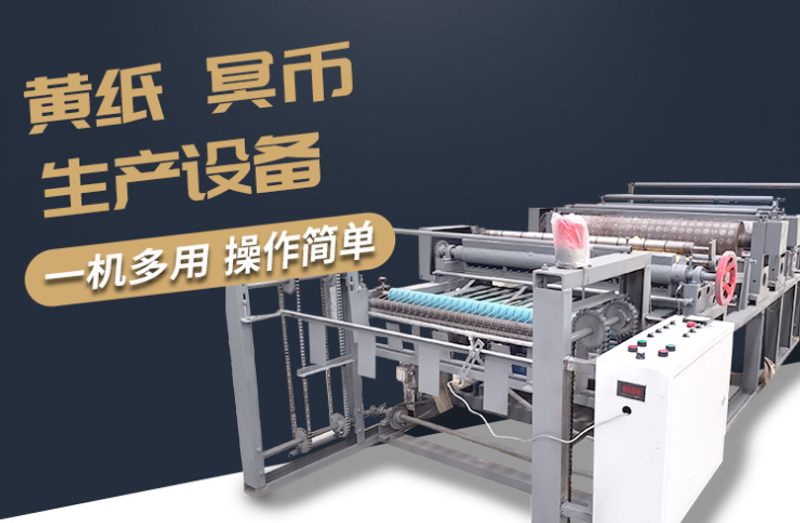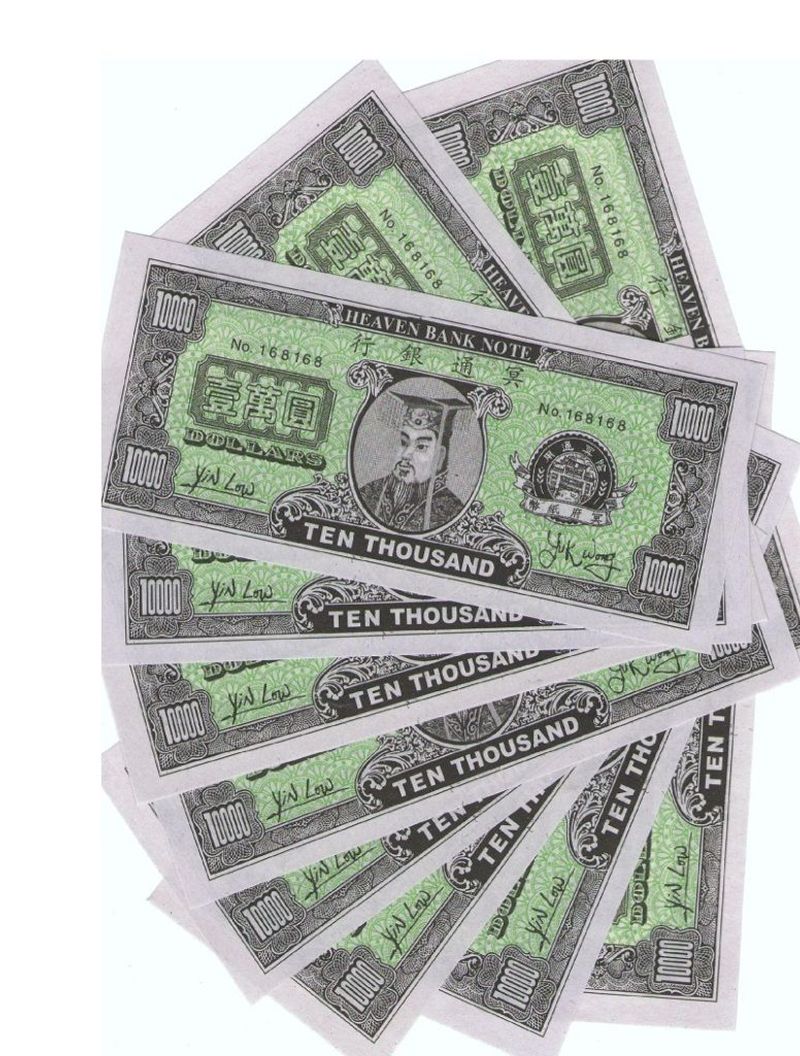icon
password
Multi-select
tags
ID
type
status
slug
summary
category
date
Author
URL
In recent years joss paper has become one of the popular cultural products in various countries, but many people are unaware of its true purpose. The University of Toronto caused quite a stir among the international student community this year during Chinese New Year because of the erroneous use of joss paper. In this article, we will take interested foreign readers through its practical uses in China.
Nowadays, Chinese people around the world, although living abroad, still retain some traditional Chinese customs, such as burning “Ming Bi” on traditional festivals like Ching Ming Festival and Zhong Yuan Festival.It also has other aliases such as ancestor money, ghost money, spirit money, hell money.
Joss paper has even become a popular product overseas in the past few years, popular among some YouTubers. Searching for the keyword “joss paper” or “ancestor money” on Amazon, you can see a variety of joss paper for sale, and the ratings are not low.

But many people actually don’t know the real use of joss paper, so much so that an accident was made: on February 1, 2022, during the traditional Chinese New Year festival, the University of Toronto Graduate House residence hall caused quite a stir when the red envelopes given to Chinese students were filled with joss paper.
joss paper in China in China is actually funeral supplies, somewhat similar to the wreaths commonly seen at Western funerals, and we’ll talk about the actual use of this stuff in China next.
The History of joss paper
Joss paper first appeared in China during the Wei and Jin dynasties (220 to 420 AD) in the form of paper money. And initially, paper money was not used to burn, but to commemorate deceased loved ones through accompanying burial, throwing and hanging the paper money. Because the burning of paper money produces smoke and gives the association of being able to communicate with the underworld, burning soon became the most common way to use it.
Buddhism has been prevalent in China since the Wei and Jin dynasties, and the doctrines of karma, reincarnation, and hell brought about by Buddhism have enriched people’s imagination of the world after death. The Buddhist custom of passing offerings to the spirits by fire, combined with the traditional Chinese funeral culture, further contributed to the emergence of the practice of burning joss paper.
People pay tribute to the dead by burning paper objects such as joss paper, paper figures and paper horses. It is hoped that the deceased loved ones will live a prosperous life in the underworld and bless future generations with peace and success in their lives, studies and careers.
Until modern times, although the appearance of joss paper has changed many times over time, its most fundamental use has been as a funeral object. Giving someone joss paper even has the meaning of cursing them to use it early (to die). And the Chinese New Year is no less important to Chinese people than Christmas is to Westerners, which explains why international students have such a strong reaction when they receive a red envelope of joss paper.
Modern joss paper Industry
As one of the main items of traditional Chinese funeral culture, the production of joss paper is one of the essential parts. According to the trivia novel “Qing Yi Lu” of the Song Dynasty (960-1279), ancient people began to mass produce joss paper with engraving and printing techniques as early as the Five Dynasties and Ten Kingdoms period (907-979).
With the development of science and technology, the production of joss paper has gradually changed from small-scale workshops to large-scale automated production.

By simply entering the desired size and pattern into the electronic console and placing standard paper in the input port, the factory can quickly produce large quantities of joss paper without interruption. The streamlined processing equipment allows the printing, cutting and packaging steps to be completed nearly simultaneously.
Because the threshold of joss paper manufacturing is low, raw materials are cheap, and there is no need for additional costs such as research and development and publicity, making it have a large profit margin. Although the joss paper is sold at a cheap price, when it comes to special festivals such as Ching Ming Festival and Zhong Yuan Festival, its demand will skyrocket, and the producers will be able to achieve a significant profit by selling more at a lower price. And Chinese families also burn joss paper at funerals and on the anniversary of the death of a loved one, making it possible to ensure a certain level of sales during non-specific holidays.
According to industry sources, small stalls selling joss paper and other related items in front of temples can earn tens of thousands of RMB during the Qing Ming Festival alone. Some merchants can sell more than 600,000 kilograms of joss paper a year, with net profits of up to 400,000 RMB (About $62,940). Data show that the funeral industry market in China exceeded RMB 70 billion (About $11 billion) in 2015, and that figure exceeded RMB 99 billion (About $15.6 billion) in 2017.
Although it seems that the joss paper production industry has a good market, China is a materialistic and atheistic country, and has been explicitly prohibiting feudal and superstitious activities since the reform and opening up, and there are clear control mechanisms for the relevant ritual-type items. The act of burning joss paper with a little superstition and at the same time, there are fire hazards, has been the focus of control throughout China. As a result, the joss paper industry is still very restricted in China.

In contrast, foreign markets are relatively relaxed, such as the United States and other countries with relatively diverse religions, where rituals are not prohibited. After joss paper gained attention overseas, its market also gained more room for growth.
Most of the overseas joss paper comes from Mi Bei Zhuang, a rural village in Hebei, China. Tens of thousands of people here are engaged in the funeral industry and sell their products to the world with the help of e-commerce platforms. Incomplete statistics show that the annual output value of local funeral goods has exceeded 10 billion RMB (About $1.57 billion), and nearly 90% of the world’s funeral goods come from here. The joss paper manufacturing industry has boosted the economy of many small Chinese villages and towns and has raised the standard of living of the local people.
The joss paper has derived many related contents while playing its own role.
In ancient times, Chinese people would burn some paper-tied household items, paper horses and other items along with their joss paper, hoping that their deceased loved ones would live a rich life in the underworld. As times have changed, the quality of these sacrificial items has gotten better and more varied. As times have changed, the quality of these sacrificial items has gotten better and more varied.
Although clearly marked for identification, the printing quality of well-made joss paper is now not much worse than the currency of various countries. If there is a piece of joss paper on the ground at a distance, it may even be mistaken for another country’s currency if you don’t look closely. All kinds of paper-tied items have also advanced with the times, paper-tied horses into paper luxury cars, paper houses into villas, and there are many kinds of paper-tied air conditioners, snacks, brand-name clothing, handbags. Related paper items cover all aspects of life, and even many people laughingly claim that so many things burned to the ancestors, that lived a much better life than the living.

Because of the large denominations of joss paper, even one is tens of millions or even hundreds of millions, it also inspired Chinese netizens to create various stems. For example, “Whoops, I didn’t expect to achieve financial freedom by the joss paper. Or, “We burn so many joss paper every year, won’t the underworld generate inflation?”
Even the Institute of Physics CAS, one of the most famous scientific research institutions in China, published a related article on its official account in March 2021. It discusses the problem of “inflation in the underworld” based on the world’s population and the number of joss paper burned each year. Although the article is more an attempt to use the topic to popularize economics-related knowledge, it is enough to see how important the joss paper and its related culture are in the minds of Chinese people.
Of course, to be able to understand these “netherworld stems”, it is necessary to understand the real purpose of the joss paper first. The use of joss paper must be very carefully chosen narrative and timing, at least during the Chinese New Year is NOT the right time.
- Author:NotionNext
- URL:https://pandayoo.com/2022/02/11/joss-paper-and-its-derivative-culture
- Copyright:All articles in this blog, except for special statements, adopt BY-NC-SA agreement. Please indicate the source!